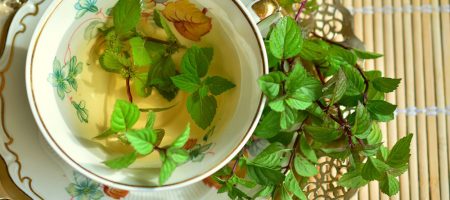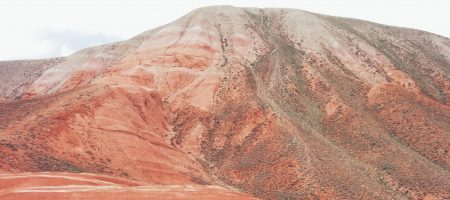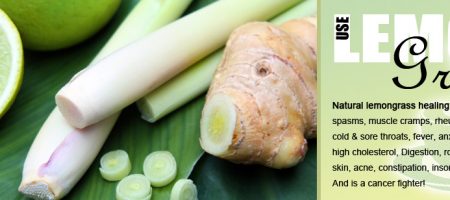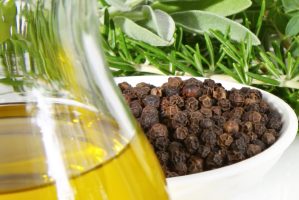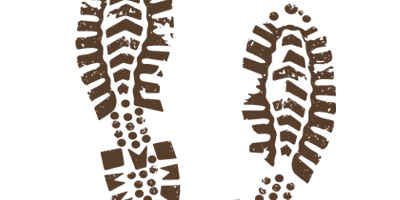Aloe Vera/ Aloeaceae
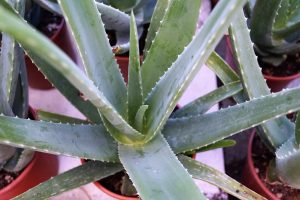 What is it? The Aloe Vera is a world-wide-loved plant, known for its wonderful soothing, cosmetic, and healing properties. Many businesses today use the Aloe Vera in their soaps, shampoos, and even medicines. At-home dare-devils attempt to use the Aloe Vera in many creative ways; unfortunately, not enough people are warned on how the Aloe Vera can be poisonous. Others are not warned on the poisonous look-a-likes, or how much to eat of the Aloe Vera before it’s too much! In this lesson we will talk not only about the amazing properties of this natural healing remedy, but how to use it safely.
What is it? The Aloe Vera is a world-wide-loved plant, known for its wonderful soothing, cosmetic, and healing properties. Many businesses today use the Aloe Vera in their soaps, shampoos, and even medicines. At-home dare-devils attempt to use the Aloe Vera in many creative ways; unfortunately, not enough people are warned on how the Aloe Vera can be poisonous. Others are not warned on the poisonous look-a-likes, or how much to eat of the Aloe Vera before it’s too much! In this lesson we will talk not only about the amazing properties of this natural healing remedy, but how to use it safely.
Where to find it? This plant doesn’t usually grow wild here in North America, however, it can be found in Central America, and South America; however the Aloe Vera was originally native to Africa. If you are looking to have the Aloe Vera as houseplant, than try keeping it in well drained sandy soil. Too much moisture can increase the risk of root rot. You can also try cactus potting soil or if planting outside try a sandy sunny location.
What to eat? This plant should be used solely for medicinal or cosmetic purposes, and not for daily consumption. And when you harvest the gel inside of the Aloe Vera, do 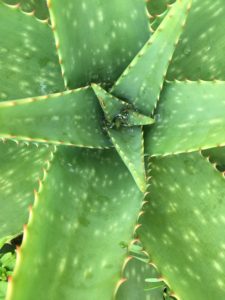 not cut the tip and attempt to squeeze it out like you would an icing bag! This will allow the latex layer inside the plant leaf to combine with the gel; and for some people, latex can cause a serious allergic reaction. Instead, cut the leaf from top to bottom. Open it up to reveal two sides. Carefully scoop or cut the gel out without touching the yellowish juicy layer. In an emergency situation, the leaves can be eaten is all else fails, including the seed.
not cut the tip and attempt to squeeze it out like you would an icing bag! This will allow the latex layer inside the plant leaf to combine with the gel; and for some people, latex can cause a serious allergic reaction. Instead, cut the leaf from top to bottom. Open it up to reveal two sides. Carefully scoop or cut the gel out without touching the yellowish juicy layer. In an emergency situation, the leaves can be eaten is all else fails, including the seed.
When to find it? Finding it depends on your location and if the plant is growing inside or outside; otherwise you can find the Aloe Vera year-round. The flower comes out during early summer, but this also depends on where it grows.
What does it look like? The Aloe Vera is like a less-painful version of cactus for those who are new at identifying plants. But for those with experience, it will look nothing like the prickly pear. The Aloe Vera is a beautiful tropical-looking plant with huge red flowers. The leaves are long, with pointy and prickly edges that like to grab onto your skin if you touch them. They are easy to grow, and don’t need a lot of attention. The flowers grow on a stalk outwards, and tend to stand out as they are a vibrant red and shaped like a trumpet.
Look-alikes? Agave, Stapelia, and the Yucca.
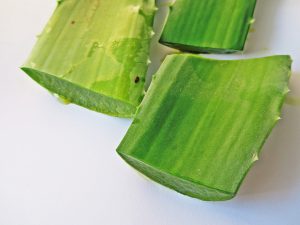 How to enjoy it? There are countless ways to use the Aloe Vera – medicinally. However internally, it is best to consult a professional or doctor. Historically, the Aloe Vera was used to smooth the skin, and give a velvety appearance. There is also significant research to how the gel improves hair growth. Some believe that it wasn’t only the goat’s milk that Cleopatra used for her daily beauty retinues, but also the Aloe Vera. Medicinally, the gel can help treat wounds, burns, and reducing infections. Many people say that the Aloe Vera has a unique soothing affect, and can help with many different kinds of burns and skin problems. Always be careful how you harvest the Aloe Vera; the gel can instead give people rashes if not harvested correctly on account of the layer of latex outside of the gel. Something to mention is that Aloe Vera is poisonous to cats and dogs. If you have in inside Aloe Vera, take care to make sure it is out of reach for both your pets, and your young children. When safely used, the Aloe Vera is one of the most helpful plants today! It is currently used to help fight cancer, aid the heart, and help with skin problems. So use it carefully, and wisely.
How to enjoy it? There are countless ways to use the Aloe Vera – medicinally. However internally, it is best to consult a professional or doctor. Historically, the Aloe Vera was used to smooth the skin, and give a velvety appearance. There is also significant research to how the gel improves hair growth. Some believe that it wasn’t only the goat’s milk that Cleopatra used for her daily beauty retinues, but also the Aloe Vera. Medicinally, the gel can help treat wounds, burns, and reducing infections. Many people say that the Aloe Vera has a unique soothing affect, and can help with many different kinds of burns and skin problems. Always be careful how you harvest the Aloe Vera; the gel can instead give people rashes if not harvested correctly on account of the layer of latex outside of the gel. Something to mention is that Aloe Vera is poisonous to cats and dogs. If you have in inside Aloe Vera, take care to make sure it is out of reach for both your pets, and your young children. When safely used, the Aloe Vera is one of the most helpful plants today! It is currently used to help fight cancer, aid the heart, and help with skin problems. So use it carefully, and wisely.



